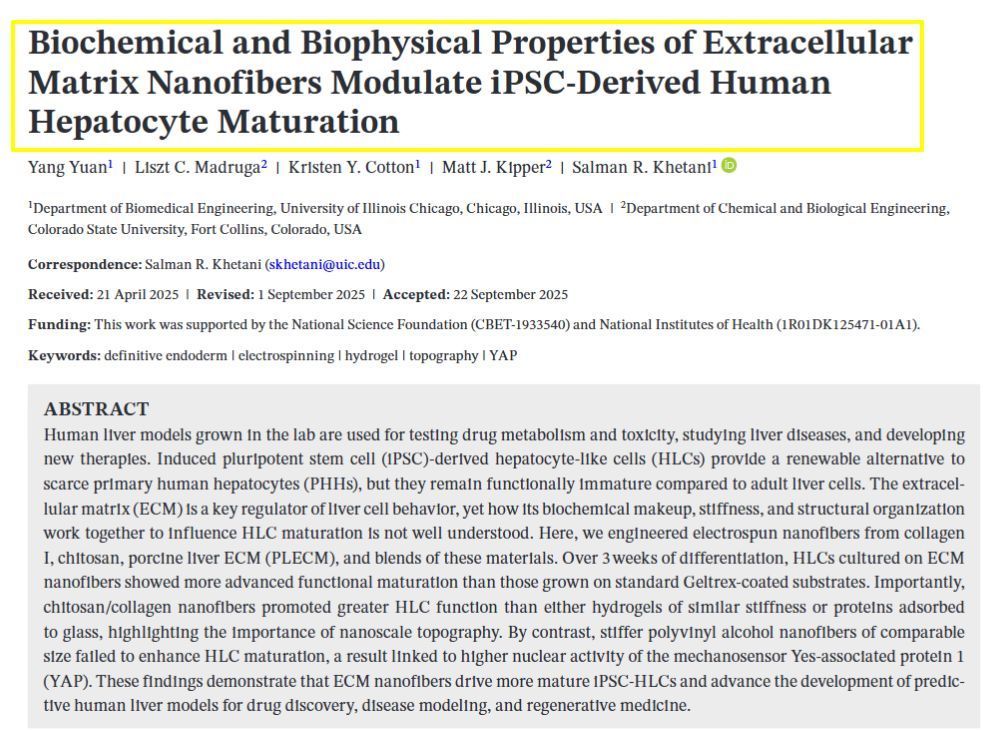Basics of Histology: Microscopy Techniques, Staining Methods & Tissue Preparation
Histology, regarded as an essential tool in biological and medical sciences, allows the detailed examination of tissues and cells. This section provides an overview of the foundational techniques used to study the microscopic structures of biological specimens.
Microscopy Techniques
Light microscopy and electron microscopy are pivotal in histology. Light microscopy, suitable for most routine investigations, uses visible light to illuminate specimens for magnification up to around 1000 times. Alternatively, electron microscopy employs a beam of electrons, greatly surpassing light microscopy in resolution and magnification, which can reveal ultrastructural details.
Staining Methods
The process of staining is crucial for distinguishing and studying the morphological features and chemical components of biological tissues. Common staining methods include hematoxylin and eosin (H&E) for general morphology and various histochemical procedures to identify specific elements within cells and tissues. These techniques provide insight into the anatomy and physiology by visualizing different components uniquely.
Tissue Preparation
Tissue preparation involves multiple steps: fixation, dehydration, sectioning, and embedding. Tissues are initially fixed to preserve structure and prevent decay. Dehydration then follows to remove water, making the tissue amenable to being encased in a solid medium. Thin sections are cut using a microtome, and finally, tissues are embedded in a supportive matrix, facilitating detailed microscopic analysis.



